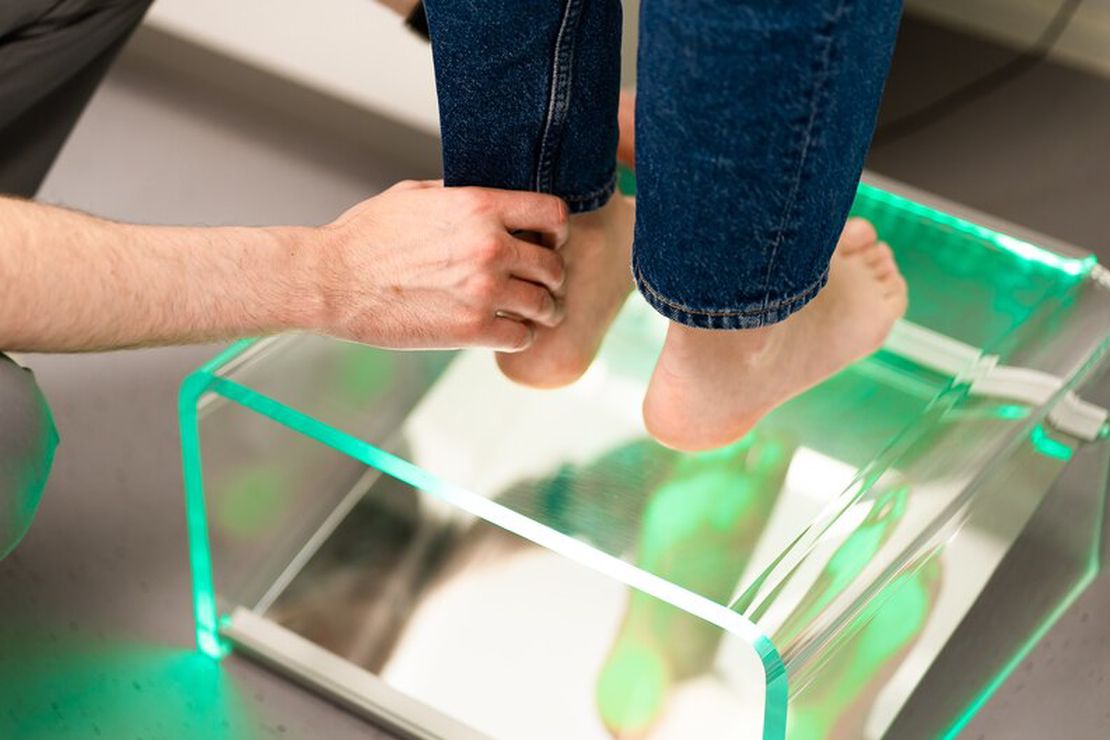Which imaging methods should be used when in diabetic foot infection diagnosis is a critical issue that directly affects treatment success. In this article, we will provide detailed information about imaging methods used in diabetic foot infection diagnosis and their timing.
You can read our article Diabetic Foot Infections and Antibiotic Treatment to get basic information about diabetic foot infections.
Diabetic Foot Infection and Imaging Methods
Diabetic foot infection is a serious complication frequently encountered in diabetes patients. Among diabetic foot symptoms are redness, swelling, pain, increased temperature and wound formation in the foot. In this case, choosing appropriate imaging methods for correct diagnosis and treatment methods is of critical importance.
Imaging Methods in Diabetic Foot Infection Diagnosis
In a patient diagnosed with diabetic foot infection, imaging methods are usually used together with clinical evaluation and laboratory tests. Istanbul diabetic foot experts determine the most appropriate imaging method according to the patient’s specific condition.
1. Physical Examination and Clinical Evaluation
In the first stage, physical examination plays an important role in determining the patient’s diabetic foot symptoms and the spread of infection. Detailed examination performed in diabetic foot Istanbul clinics determines whether advanced imaging methods are needed for detection of conditions such as depth of infection, bone involvement or soft tissue damage.
2. X-Ray Imaging
X-ray in diabetic foot infection can be used to determine whether the infection has spread to the bones. X-rays taken to detect findings such as bone resorption, deformity or soft tissue swelling provide valuable information. If there are bone changes among diabetic foot symptoms, x-ray is the first preferred imaging method.
3. MRI (Magnetic Resonance Imaging)
MRI provides more detailed imaging to evaluate the depth of diabetic foot infection, its spread in soft tissue and bone infections. In diabetic foot Istanbul centers, MRI is preferred especially in cases where there is suspicion of deep tissue infections and bone involvement.
4. Ultrasonography
Ultrasonography can be used in diabetic foot infections to evaluate certain conditions such as detection of subcutaneous infections and examination of swollen lymph nodes. This method is particularly effective in evaluating superficial infections.
5. Computed Tomography (CT)
CT scan can be used in diabetic foot infections for detailed imaging of bone structures and evaluation of infection spread. It provides valuable information especially in cases where there is suspicion of bone infections and osteomyelitis.
Which Imaging Method Should Be Preferred When?
The choice of imaging method in diabetic foot infection depends on the following factors:
- Diabetic foot symptoms and severity of symptoms
- Depth and spread of infection
- Suspicion of bone involvement
- Patient’s general health condition
- Previous treatment response
Imaging Method Selection Criteria
When is X-Ray Done?
- In the initial evaluation stage
- If there is suspicion of bone changes
- In simple infections
- When cost effectiveness is important
When is MRI Done?
- If there is suspicion of deep tissue infection
- When bone involvement will be evaluated
- When surgical planning is needed
- When other methods are insufficient
When is Ultrasonography Done?
- In superficial infections
- In lymph node evaluation
- When quick results are needed
- When there is risk of radiation exposure
Diabetic Foot Treatment in Istanbul
Istanbul diabetic foot experts play a leading role in the diagnosis and treatment of diabetic foot infections with modern imaging devices and experienced staff. In diabetic foot Istanbul clinics, personalized treatment plans are prepared for each patient.
Frequently Asked Questions
Which imaging method is best in diabetic foot infection?
It varies according to the patient’s condition. X-ray is usually the first choice, MRI is used for detailed evaluation.
When is MRI necessary?
MRI may be necessary if there is suspicion of deep tissue infection or bone involvement.
Do imaging methods cause pain?
No, imaging methods are painless, you just need to stay still during MRI.
How long do results take?
X-ray and ultrasonography give immediate results, MRI gives results within 1-2 days.
Conclusion and Expert Support
Imaging methods in diabetic foot infection should be appropriately evaluated by the physician based on the severity of the clinical condition, diabetic foot symptoms and physical examination findings. Since each case is unique, the appropriate imaging method should be determined by the physician according to the patient’s specific needs.
It is of critical importance for patients with suspicion of diabetic foot infection to seek early diagnosis and treatment by consulting Istanbul diabetic foot experts in terms of preventing complications.
You may be interested in: For more information about diabetic foot treatment, you can read our articles on diabetic foot infection treatment goals and diabetic foot wound dressing. You can also visit our page for detailed information about our treatment methods.
You can get information from Prof. Dr. Aytaç Çetinkaya for more information.



